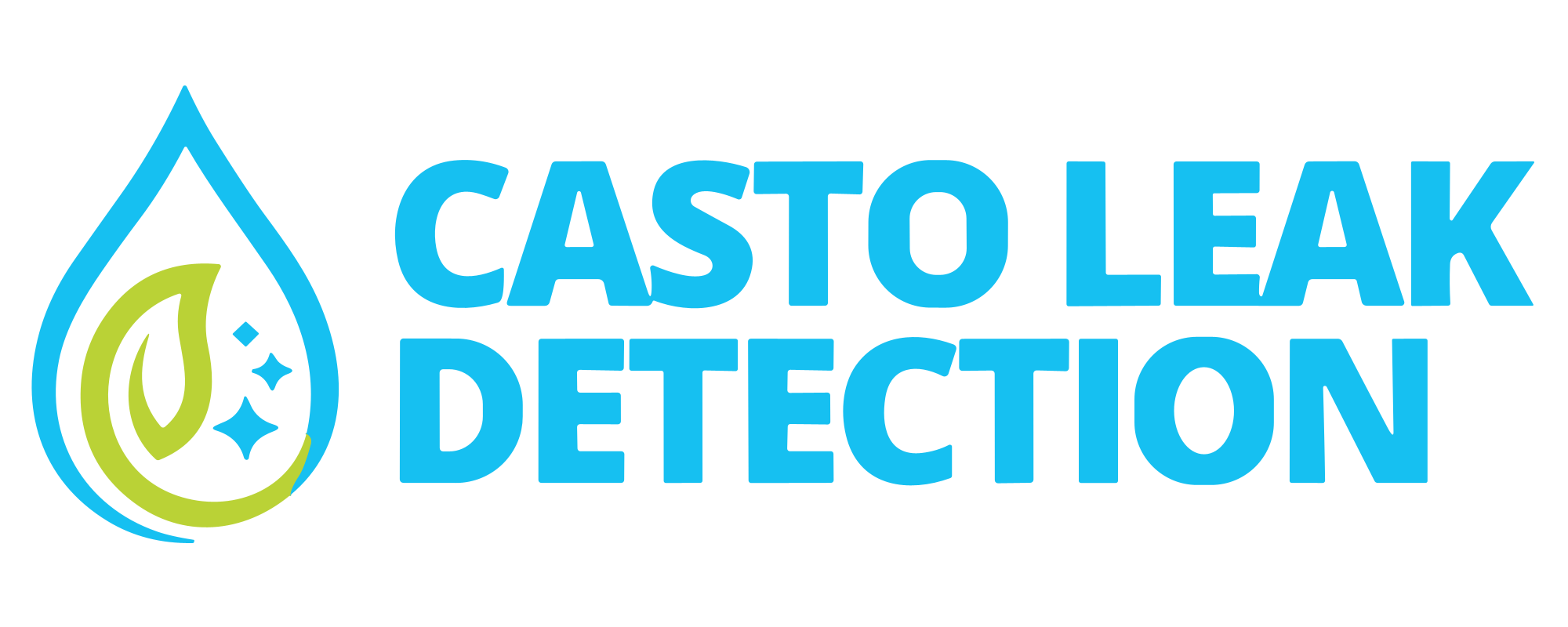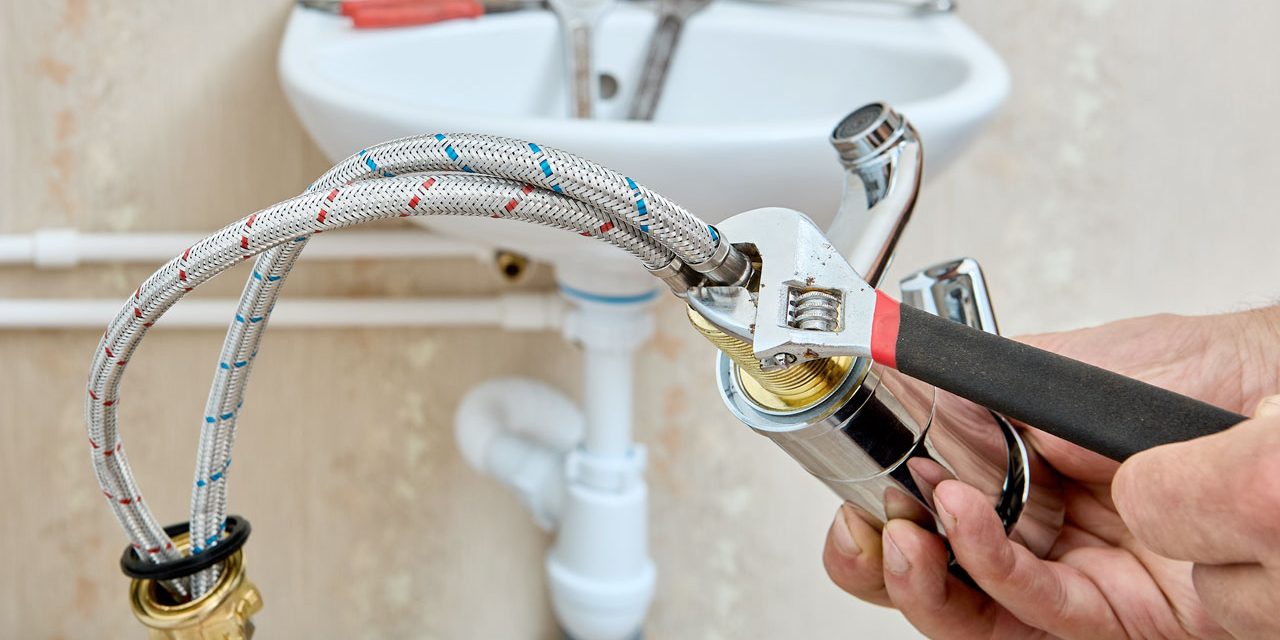Plumbing fixture installation is a crucial aspect of home improvement that can enhance the functionality and aesthetics of your home or business. From selecting the right fixtures to understanding the installation process, every step plays a vital role in ensuring a seamless and efficient plumbing system. This guide will walk you through the essential elements of plumbing fixture installation, providing insights into various types of fixtures and practical tips for successful installation.
Understanding Plumbing Fixtures
Plumbing fixtures are devices that connect to a plumbing system to deliver and drain water. They play a significant role in our daily lives, providing essential functions in bathrooms, kitchens, and laundry rooms. Proper plumbing fixture installation ensures that these fixtures function efficiently, offering convenience and reliability.
Types of Plumbing Fixtures
Plumbing fixtures come in various types, each serving a specific purpose. Common fixtures include sinks, faucets, toilets, showers, and bathtubs. These fixtures can be found in both residential and commercial settings. Residential fixtures often prioritize design and comfort, while commercial fixtures focus on durability and efficiency. Popular materials used in fixtures include stainless steel, porcelain, and brass, each offering distinct advantages.
Choosing the Right Fixture
Selecting the appropriate plumbing fixture involves considering several factors, such as style, functionality, and budget. It’s essential to match fixtures with your existing plumbing system to ensure compatibility and optimal performance. Popular brands offer a range of options, from modern designs to classic styles, catering to different tastes and preferences. Evaluating features such as water efficiency and ease of maintenance can help you make an informed decision.
Benefits of Upgrading Fixtures
Upgrading your plumbing fixtures offers numerous benefits, including improved water and energy efficiency. Modern fixtures often feature advanced technologies that reduce water consumption, leading to lower utility bills. Additionally, upgrading fixtures can enhance the aesthetic appeal of your space, creating a more inviting and stylish environment. Investing in high-quality fixtures can also increase the value of your property, making it a worthwhile investment.
Preparing for Installation
Proper preparation is crucial for successful plumbing fixture installation. Assessing your plumbing system, gathering the necessary tools, and planning the installation process are essential steps that lay the foundation for a smooth and efficient project.
Assessing Your Plumbing System
Before starting any installation, it’s essential to evaluate your existing plumbing system to ensure compatibility with new fixtures. This involves checking for any necessary upgrades or repairs, such as replacing outdated pipes or fixing leaks. Understanding water pressure and flow requirements is also crucial, as it impacts the performance of your fixtures. Consulting with a professional plumber can provide valuable insights and help you identify any potential issues.
Gathering Tools and Materials
Having the right tools and materials is essential for plumbing fixture installation. Essential tools include wrenches, pliers, pipe cutters, and a plumber’s tape. Safety equipment, such as gloves and goggles, should also be used to prevent accidents. Sourcing quality materials, such as pipes, connectors, and seals, ensures durability and reliability. Preparing a checklist of necessary items can help you stay organized and avoid delays during the installation process.
Planning the Installation Process
Creating a detailed plan for the installation process is crucial for efficient project management. This involves breaking down the installation into manageable steps, setting a timeline, and allocating resources. Scheduling the installation at a convenient time minimizes disruptions to your daily routine. If you lack experience or confidence, consulting with professionals or hiring a licensed plumber can ensure the job is done correctly and safely.
Installing Bathroom Fixtures
Bathroom fixtures are essential for comfort and hygiene. Proper installation of sinks, toilets, bathtubs, and showers ensures efficient water flow and drainage, providing a pleasant and functional bathroom experience.
Installing a Bathroom Sink
Bathroom sinks come in various styles, including pedestal, wall-mounted, and countertop sinks. Each type has its own installation method and requirements. Installing a bathroom sink involves securing the sink to the countertop or wall, connecting the plumbing lines, and ensuring a watertight seal. Common issues, such as leaks or improper drainage, can be addressed by adjusting connections or using a plumber’s tape.
Installing a Toilet
Choosing the right toilet model involves considering factors such as water efficiency, design, and comfort. Installing a toilet requires careful alignment of the toilet base with the flange and secure attachment to the floor. Proper sealing with a wax ring prevents leaks and odors. Adjusting the water level in the tank ensures efficient flushing. Addressing common problems, such as running water or clogs, can be done by adjusting the float or using a plunger.
Installing a Bathtub and Shower
Bathtubs and showers come in various types, including freestanding, alcove, and walk-in designs. Installing a bathtub or shower involves positioning the unit, connecting the plumbing lines, and ensuring proper drainage. Sealing and waterproofing the area around the bathtub or shower prevents water damage and mold growth. Choosing quality materials and fixtures enhances the durability and aesthetics of your bathroom.
Installing Kitchen Fixtures
Kitchen fixtures play a vital role in cooking and cleaning tasks. Installing sinks, faucets, and garbage disposals ensures convenience and efficiency in the kitchen, making daily tasks more manageable.
Installing a Kitchen Sink
Kitchen sinks come in different types, including undermount, top-mount, and farmhouse designs. Each type requires a specific installation method. Installing a kitchen sink involves securing the sink to the countertop, connecting the water supply lines, and ensuring proper drainage. Ensuring a watertight seal around the sink prevents leaks and water damage. Regular maintenance, such as cleaning and checking for leaks, prolongs the lifespan of your sink.
Installing a Kitchen Faucet
Kitchen faucets are available in various styles, including pull-down, pull-out, and single-handle designs. Installing a kitchen faucet involves securing it to the sink, connecting the water supply lines, and adjusting the water pressure and temperature. Proper alignment and tightening of connections prevent leaks and ensure smooth operation. Regular cleaning and maintenance keep the faucet in optimal condition.
Installing a Garbage Disposal
A garbage disposal unit offers convenience and efficiency in managing kitchen waste. Installing a garbage disposal involves connecting it to the sink and plumbing lines, securing it in place, and testing its operation. Troubleshooting common issues, such as clogs or unusual noises, can be done by checking the connections or using a wrench to clear obstructions. Proper use and maintenance extend the lifespan of your garbage disposal.
Installing Laundry Room Fixtures
Laundry room fixtures, such as utility sinks, washing machines, and clothes dryers, enhance the functionality and efficiency of your laundry space. Proper installation ensures convenience and prevents water damage.
Installing a Utility Sink
Utility sinks are versatile fixtures that offer convenience for various tasks, such as washing clothes or cleaning tools. Installing a utility sink involves securing it to the wall or floor, connecting the plumbing lines, and ensuring proper drainage. Using quality materials and connectors prevents leaks and ensures durability. Regular maintenance, such as cleaning and checking for leaks, prolongs the lifespan of your utility sink.
Installing a Washing Machine
Selecting the right washing machine involves considering factors such as capacity, energy efficiency, and features. Installing a washing machine involves connecting it to the water supply and drainage lines, securing it in place, and testing its operation. Preventing leaks and ensuring proper drainage can be done by checking the connections and leveling the machine. Regular maintenance, such as cleaning the filter and checking for leaks, keeps the washing machine in optimal condition.
Installing a Clothes Dryer
Clothes dryers require proper venting to ensure safety and efficiency. Installing a clothes dryer involves connecting it to the power supply and venting system, securing it in place, and testing its operation. Safety tips include regularly cleaning the lint filter and ensuring proper venting, preventing fire hazards, and improving efficiency. Regular maintenance, such as checking the venting system and cleaning the dryer drum, prolongs the lifespan of your clothes dryer.
Advanced Plumbing Fixture Installation Tips
Advanced installation techniques and maintenance practices enhance the performance and longevity of plumbing fixtures. Understanding these tips ensures efficient and reliable plumbing systems.
Working with PEX and PVC Pipes
PEX and PVC pipes are popular materials used in plumbing systems due to their durability and flexibility. Working with these materials involves cutting and joining techniques, such as using crimping tools or adhesives. Understanding the best practices for installation ensures durability and efficiency. Regular maintenance, such as checking for leaks and inspecting connections, keeps the plumbing system in optimal condition.
Dealing with Water Pressure Issues
Water pressure issues can affect the performance of plumbing fixtures. Low water pressure may result from clogged pipes or faulty pressure regulators, while high water pressure can cause leaks and damage fixtures. Solutions and adjustments, such as cleaning pipes or installing pressure-reducing valves, ensure optimal water pressure. Consulting with a professional plumber can help identify and resolve complex issues.
Ensuring Long-term Maintenance
Regular maintenance is essential for the longevity and performance of plumbing fixtures. Maintenance tasks, such as cleaning, checking for leaks, and inspecting connections, prevent issues and extend the lifespan of fixtures. Signs of wear and tear, such as rust or corrosion, indicate the need for repairs or replacements. Investing in quality fixtures and following maintenance best practices ensures reliable and efficient plumbing systems.
FAQs
1. What are plumbing fixtures?
Plumbing fixtures are devices that connect to a plumbing system to deliver and drain water. Common fixtures include sinks, faucets, toilets, showers, and bathtubs.
2. How do I choose the right plumbing fixture for my home?
Consider factors such as style, functionality, budget, and compatibility with your existing plumbing system when selecting a fixture.
3. What tools do I need for plumbing fixture installation?
Essential tools include wrenches, pliers, pipe cutters, and a plumber’s tape. Safety equipment, such as gloves and goggles, should also be used.
4. How do I install a bathroom sink?
Installing a bathroom sink involves securing the sink to the countertop or wall, connecting the plumbing lines, and ensuring a watertight seal.
5. What is the process for installing a toilet?
Installing a toilet involves aligning the toilet base with the flange, securing it to the floor, and ensuring proper sealing with a wax ring.
6. How do I install a kitchen faucet?
Installing a kitchen faucet involves securing it to the sink, connecting the water supply lines, and adjusting the water pressure and temperature.
7. What are the benefits of upgrading plumbing fixtures?
Upgrading fixtures can improve water and energy efficiency, enhance aesthetic appeal, and increase property value.
8. How do I maintain my plumbing fixtures?
Regular maintenance tasks, such as cleaning, checking for leaks, and inspecting connections, prevent issues and extend the lifespan of fixtures.
9. How do I deal with water pressure issues?
Solutions and adjustments, such as cleaning pipes or installing pressure-reducing valves, ensure optimal water pressure. Consulting with a professional plumber can help identify and resolve complex issues.
10. When should I consult a professional plumber?
Consult a professional plumber if you lack experience or confidence in plumbing fixture installation or if you encounter complex issues that require expert knowledge.
Conclusion
Plumbing fixture installation plays a vital role in creating efficient and functional spaces in your home or business. By understanding the types of fixtures, preparing adequately, and following step-by-step installation guides, you can ensure successful installations that enhance the performance and aesthetics of your plumbing system. Regular maintenance and addressing issues promptly ensure the longevity and reliability of your fixtures, providing peace of mind and convenience in your daily life. Whether you’re a DIY enthusiast or seeking professional assistance, this comprehensive guide equips you with the knowledge and confidence to tackle plumbing fixture installation projects with ease.


